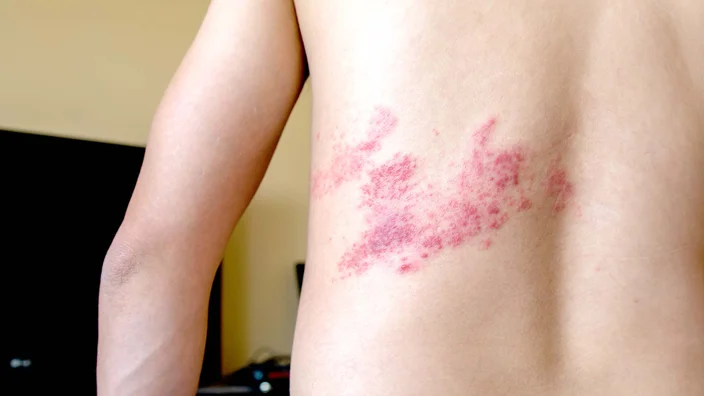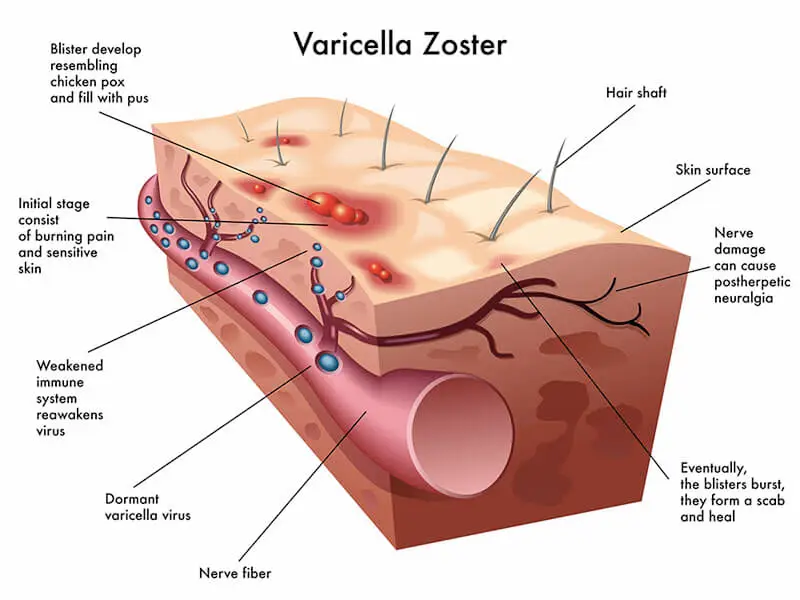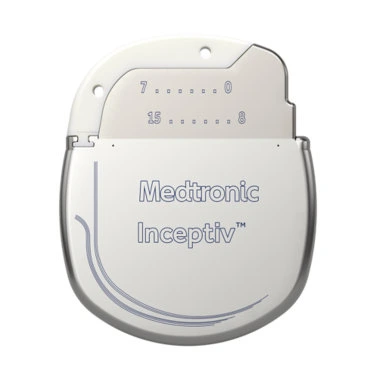
Shingles pain can be excruciating and long-lasting, especially when it leads to post-herpetic neuralgia (PHN). If you have persistent nerve pain after a shingles outbreak, a spinal cord pain stimulator may help. Spinal cord stimulation (SCS) is an advanced treatment option that can relieve chronic pain when other therapies fail.
What Is Shingles and How Does It Cause Pain?
Understanding the Virus
The varicella-zoster virus remains in the body after a person recovers from chickenpox. It lies dormant in nerve cells, often for decades, until it reactivates. Reactivation typically occurs in people over 50 or those with weakened immune systems. Stress, illness, or aging can trigger the virus, leading to shingles.
Symptoms of Shingles
Shingles presents as a painful rash with fluid-filled blisters that follow the path of affected nerves. The rash commonly appears on one side of the torso or face. Additional symptoms include:
- Burning or tingling sensation before the rash appears.
- Severe nerve pain that can last even after the rash disappears.
- Itching, numbness, or sensitivity in the affected area.
- Fever and fatigue in some cases.

Why Some People Develop Post-Herpetic Neuralgia
Most cases of shingles resolve within weeks, but some people experience persistent pain. When nerve fibers become damaged, they continue sending pain signals to the brain, even after the rash heals. This condition, called post-herpetic neuralgia, can last for months or years.
Shingles is a viral infection caused by the varicella-zoster virus, the same virus responsible for chickenpox. After a person recovers from chickenpox, the virus remains dormant in the nerve tissue near the spinal cord. Years or even decades later, the virus can reactivate, leading to a painful rash known as shingles.
The pain from shingles occurs because the virus affects the nerves. The rash and blisters usually appear along one side of the body, following the path of a nerve. This nerve inflammation can cause severe burning, stabbing, or shooting pain that persists even after the rash heals. When pain lasts for months or years after the infection clears, it is called post-herpetic neuralgia (PHN). PHN develops when nerve damage from the virus leads to chronic pain signals being sent to the brain.
Standard Treatments for Shingles Pain and PHN
Early Intervention Matters
If diagnosed early, antiviral medications can shorten the duration of a shingles outbreak and reduce complications. Starting treatment within 72 hours of rash onset improves outcomes. Along with antivirals, pain relief strategies vary based on severity.
Pain Management Options
Patients with mild to moderate shingles pain may find relief with:
- Over-the-counter pain relievers like ibuprofen or acetaminophen.
- Topical treatments such as lidocaine patches or capsaicin cream.
- Oral nerve pain medications including gabapentin, pregabalin, or tricyclic antidepressants.
For severe or persistent pain, additional interventions may be necessary:
- Corticosteroid injections can reduce inflammation in affected nerves.
- Nerve blocks provide temporary pain relief by interrupting nerve signals.
- Spinal cord stimulation, a long-term option for chronic pain sufferers.
Unfortunately, some people continue to experience pain despite these treatments. When pain persists, a spinal cord stimulator may provide long-term relief.
How a Spinal Cord Stimulator Helps with Shingles Pain
A spinal cord pain stimulator is a small implanted device that delivers mild electrical pulses to the spinal cord. These pulses interfere with pain signals before they reach the brain, reducing the perception of pain. This treatment is especially helpful for people with post-herpetic neuralgia who have not responded well to other therapies.

Benefits of Spinal Cord Stimulation for PHN
Spinal cord stimulation offers several advantages for individuals suffering from PHN:
- Non-invasive pain management – It reduces the need for high-dose medications.
- Adjustable pain relief – Patients can fine-tune stimulation settings for maximum comfort.
- Minimally invasive procedure – Implantation is an outpatient surgery with a short recovery time.
- Long-term effectiveness – Many patients report sustained relief for years.
- Fewer side effects than oral medications – SCS avoids the drowsiness and dizziness of nerve pain drugs.
- Reduces chronic pain – Many patients experience significant pain relief.
- Minimizes the need for medications – SCS can decrease reliance on painkillers, reducing side effects.
- Improves quality of life – Better pain control allows patients to return to daily activities.
- Customizable settings – The device can be adjusted to meet individual pain relief needs.
What to Expect with a Spinal Cord Stimulator
Patients considering a spinal cord stimulator will undergo a structured process:
Step 1: Evaluation and Trial Period
A pain specialist will assess your medical history and current treatments. If you are a good candidate, a temporary SCS system is placed under your skin for a one-week trial.
Step 2: Permanent Implantation
If the trial is successful, the surgeon implants a small pulse generator under the skin, usually in the lower back or abdomen. Leads are positioned near the spinal cord to deliver electrical impulses.
Step 3: Customization and Adjustment
The device is programmed to deliver optimal pain relief. Patients can adjust settings with a remote control to fine-tune stimulation levels based on daily pain variations.
Is a Spinal Cord Stimulator Right for You?
If you have persistent shingles pain or post-herpetic neuralgia that has not responded to other treatments, you may be a candidate for spinal cord stimulation. At Red Butte Pain Solutions, we specialize in treating chronic nerve pain with advanced therapies, including spinal cord stimulation.
Take the Next Step
Don’t let shingles pain control your life. If you’re struggling with post-herpetic neuralgia, a spinal cord pain stimulator may be the solution you need. Contact Red Butte Pain Solutions at 602-633-4334 or schedule an appointment online to learn more about your treatment options.
